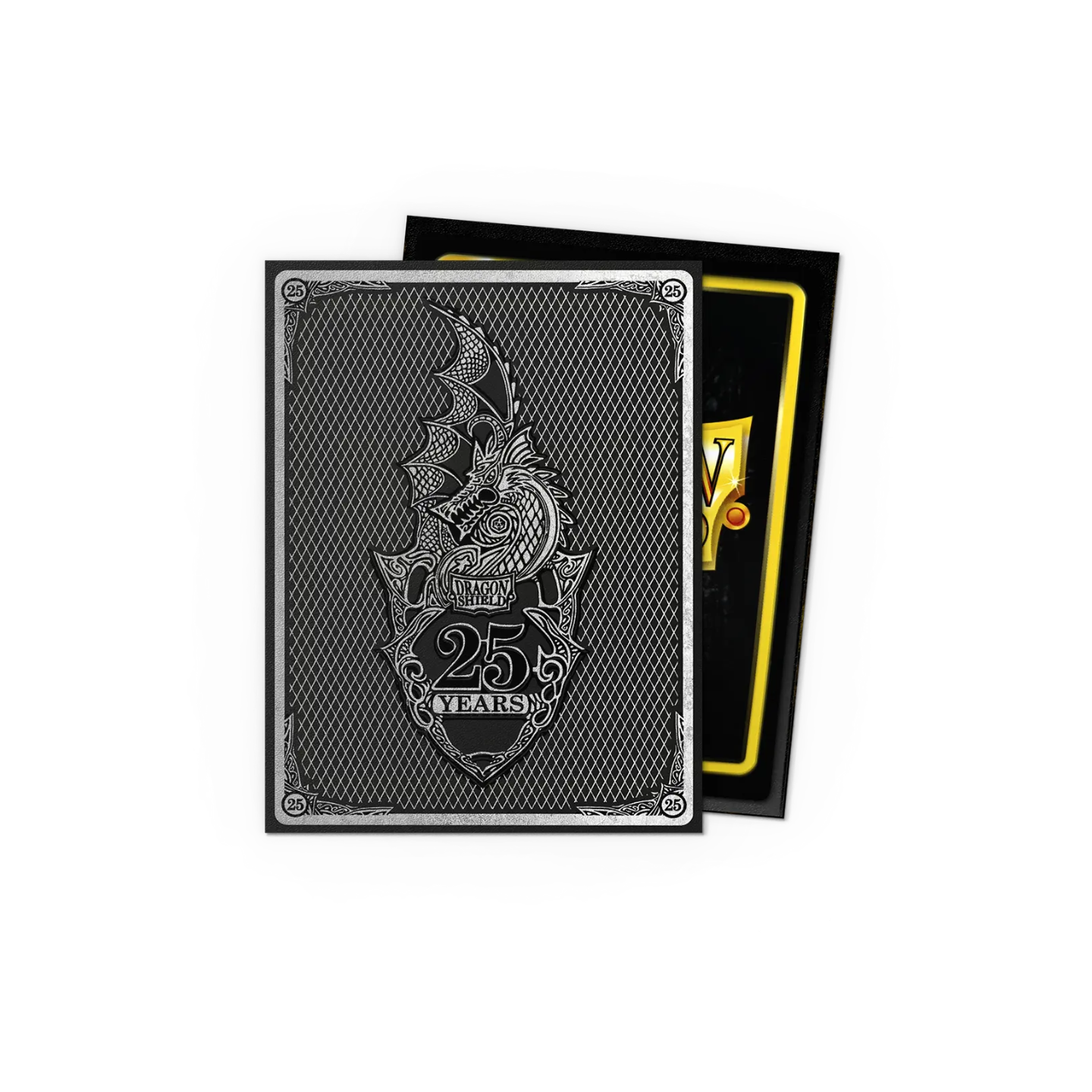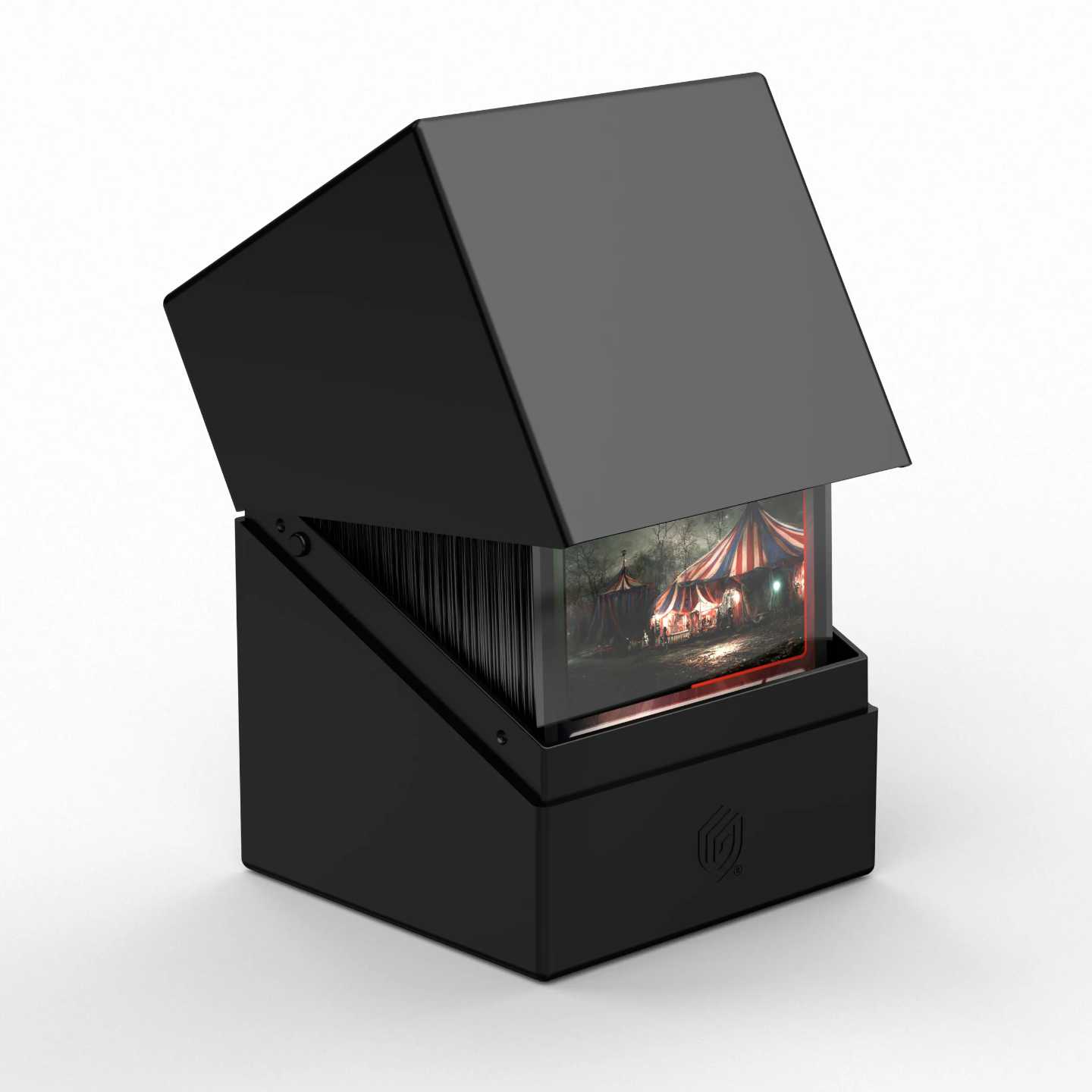Overview:
This Rakdos (B/R) deck helmed by Valgavoth, Harrower of Souls employs a grindy, attrition-based strategy focused on incremental life drain, forced sacrifices, and punishing opponents for common actions (drawing, casting spells, tapping lands). Valgavoth acts as a value engine, rewarding the deck’s core strategy of inflicting repeated small life losses with card draw and a growing threat. The deck lacks a singular "I win" button but leverages synergies between sacrifice outlets, universal damage triggers (e.g., Spiteful Visions, Mogis, God of Slaughter), and death-based value (e.g., Blood Artist, Syr Konrad, the Grim).
Primer:
Core Strategy Execution:
- Early Game (Turns 1-4): Deploy incremental damage engines like Blood Artist, Harsh Mentor, or Kederekt Parasite. Use ramp (Sol Ring, Rakdos Signet) to accelerate into mid-game threats.
- Mid Game (Turns 5-7): Activate forced sacrifice via Braids, Arisen Nightmare or Sadistic Shell Game, amplify damage with Sanguine Bond/Mogis, God of Slaughter, and disrupt opponents with Manabarbs or Rampaging Ferocidon.
- Late Game (Turns 8+): Close with Gray Merchant of Asphodel, Massacre Wurm, or Kaervek the Merciless, leveraging accumulated life loss and board control.
Mulligan Priorities:
- Keep hands with 2–3 lands and at least one early damage engine (e.g., Blood Artist, Stormfist Crusader).
- Prioritize ramp or card advantage tools like Florian, Voldaren Scion or Theater of Horrors.
- Avoid hands overloaded with high-CMC cards without setup.
Key Tips:
- Use Blasphemous Act or Massacre Girl to clear boards while triggering death synergies.
- Mayhem Devil turns all sacrifices (yours or opponents’) into damage.
- Séance Board scales mana with deaths, enabling explosive late turns.
Weaknesses:
Critical
- Enchantment reliance: Key engines like Sanguine Bond, Spiteful Visions, and Manabarbs are vulnerable to mass enchantment removal.
- Slow inevitability: Struggles to close games quickly, allowing combo or aggro decks to outpace it.
Moderate
- Lack of recursion: Limited ways to recover key pieces after removal (outside Mishra, Tamer of Mak Fawa).
- Mana inefficiency: High-CMC threats (e.g., Kaervek the Merciless, Doomsday Excruciator) can clog hands.
Minor
- Limited stack interaction: Relies mostly on sorcery-speed removal (Chaos Warp, Feed the Swarm).
- Self-damage: Cards like Talisman of Indulgence and Sulfurous Springs add incremental self-ping.
Most Important Cards:
- Sanguine Bond (Doubles life-loss triggers)
- Mogis, God of Slaughter (Persistent damage/sacrifice pressure)
- Syr Konrad, the Grim (Universal death-trigger damage)
- Gray Merchant of Asphodel (Life-swing finisher)
- Braids, Arisen Nightmare (Forced sacrifice engine)
- Mayhem Devil (Sacrifice payoff)
- Blood Artist (Core life-drain engine)
- Manabarbs (Mana denial + damage)
- Massacre Wurm (Board control + life loss)
- Florian, Voldaren Scion (Card advantage tied to opponents’ life loss)
Attribute Ratings:
Speed: 4/10
- Wins via attrition, typically post-Turn 10. No fast combos; relies on incremental damage stacking.
Resilience: 5/10
- Redundant damage engines mitigate single removals, but key enchantments are fragile. Some recursion via Mishra, Tamer of Mak Fawa.
Consistency: 6/10
- Multiple overlapping triggers ensure steady pressure, but limited tutors make assembling specific combos unreliable.
Interaction: 5/10
- Spot removal (Infernal Grasp, Rakdos Charm) and forced sacrifices disrupt opponents but lack countermagic or instant-speed versatility.
Rating Justification:
This deck’s grindy, incremental strategy typically secures wins around Turn 10–12 via layered life-drain synergies, aligning it with Casual/Precon (4.0) to Focused Casual (4.5) tiers. While resilient against single-target removal, its slow clock and reliance on fragile enchantments cap its competitive ceiling.
Power level: 4.0 – 4.5
Enhance Your Gameplay
With premium accessories trusted by MTG players

Premium protection with industry-leading durability and shuffle feel


